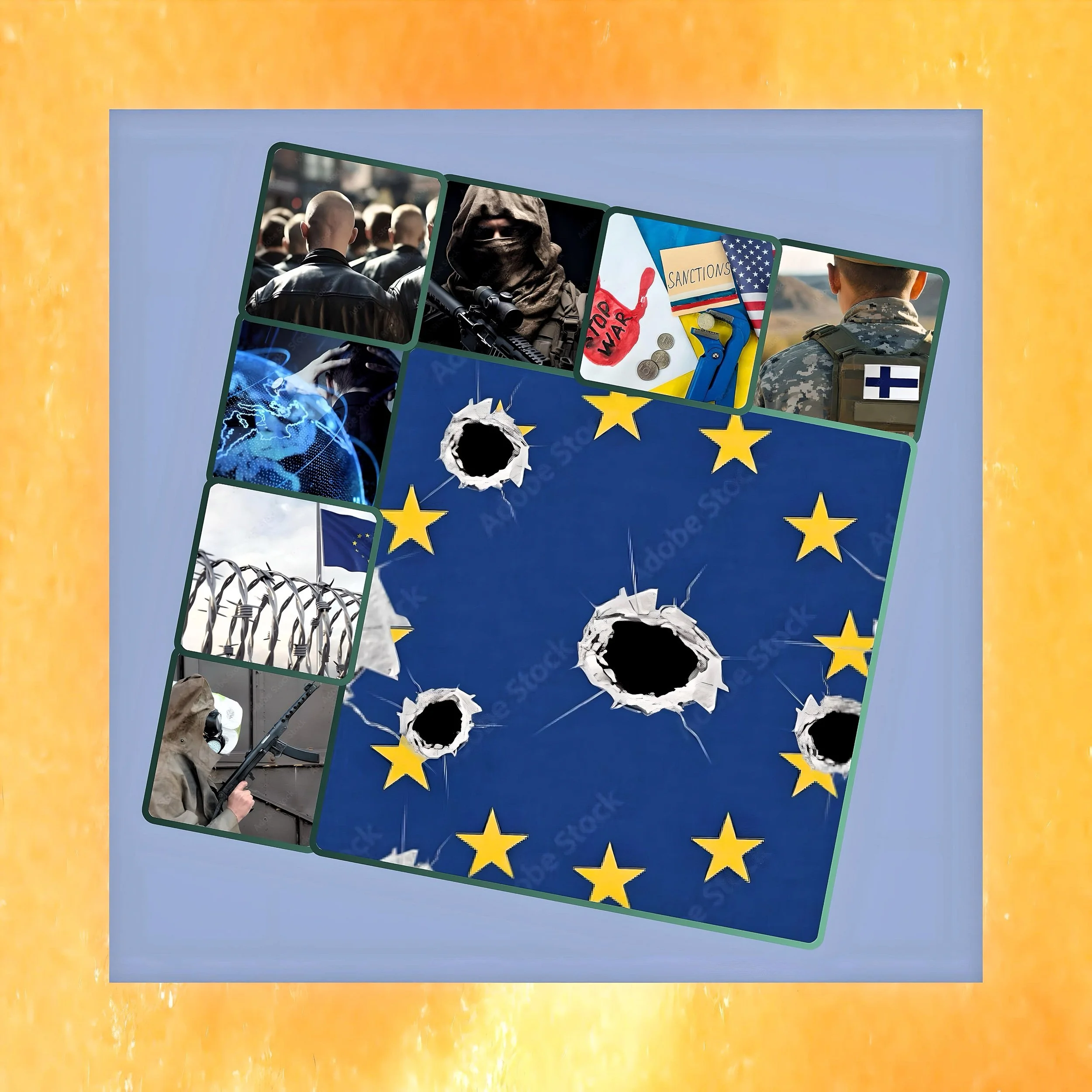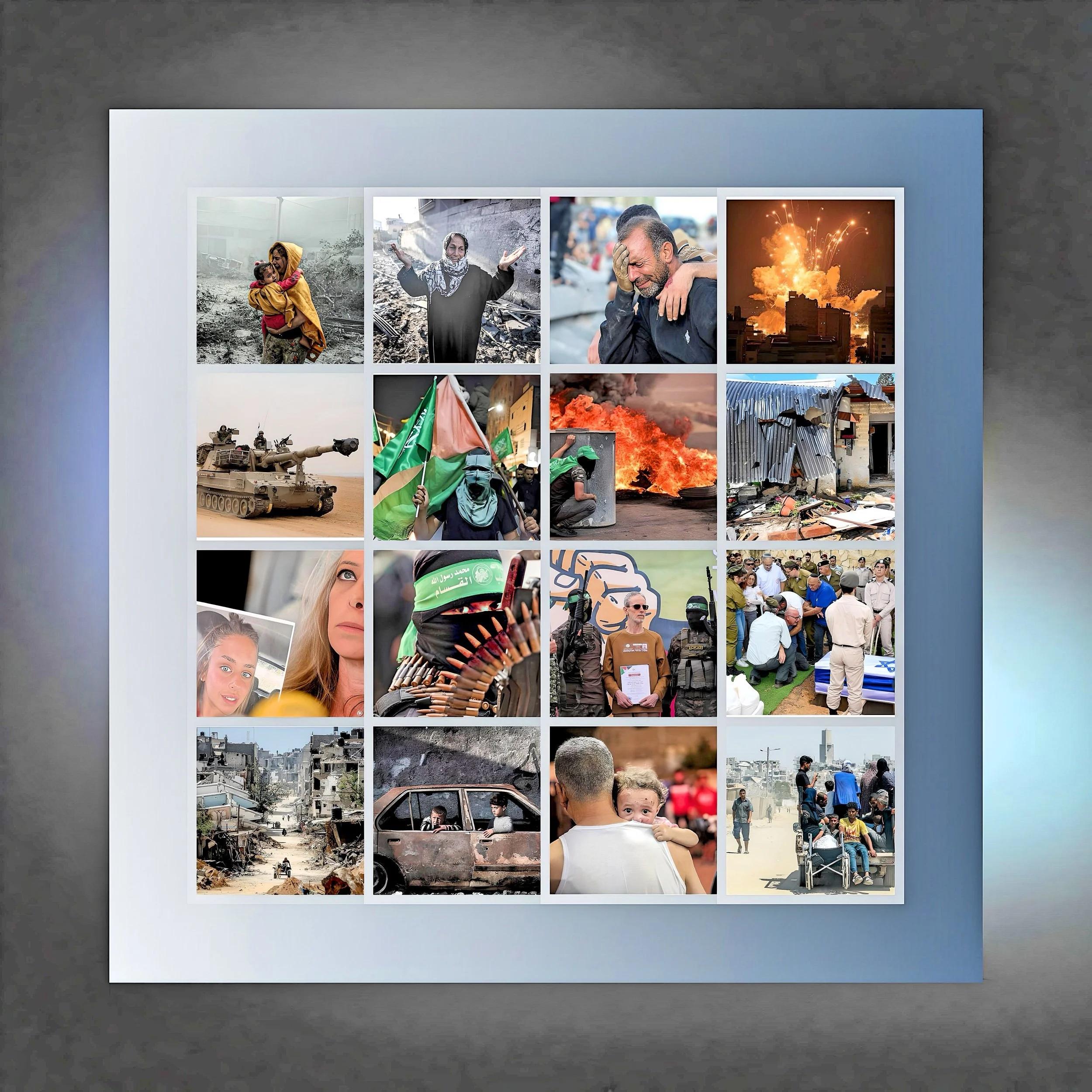Terrorism in the European Union: Strategic Analysis of Recent Trends, Policy Responses, and Societal Challenges
Introduction
The European Union faces a complex security landscape marked by evolving terrorist threats, policy innovations in counter-terrorism, and growing societal tensions around Islamophobia.
In 2023–2025, EU institutions and member states have grappled with a resurgence of attacks, systemic challenges in balancing security imperatives with civil liberties, and the persistent influence of global conflicts on domestic radicalization patterns.
This article synthesizes the latest data on terrorist activities, analyzes the EU’s multi-layered counter-terrorism framework, and evaluates efforts to mitigate discrimination against Muslim communities amid heightened security measures.
Current Terrorist Threats in the EU
Trends and Recent Attacks
Escalation in Attack Frequency and Geographic Spread
According to Europol’s 2024 Terrorism Situation and Trend Report, the EU recorded 120 terrorist attacks in 2023—a fourfold increase from 2022—with 98 completed attacks, 9 failed attempts, and 13 foiled plots. Key hotspots included
France (80 attacks), primarily linked to Corsican and Basque separatist groups.
Italy (30 attacks), driven by anarchist and far-left extremists.
Germany and Spain (3 attacks each), involving jihadist and right-wing groups.
Jihadist attacks, though fewer in number (5 completed), proved deadliest, causing 6 fatalities and 12 injuries, including the 2023 Hamburg synagogue bombing attributed to a self-radicalized ISIS sympathizer.
Meanwhile, right-wing terrorism has gained traction, exemplified by the 2024 designation of ‘The Base’—a neo-Nazi network active in Germany and Sweden—as an EU-listed terrorist entity.
Shifting Recruitment and Operational Tactics
The fragmentation of ISIS and Al-Qaeda has led to decentralized operations, with “lone actor” attacks surpassing organized cell-based plots.
Europol notes that 72% of jihadist perpetrators in 2023 were self-radicalized via online platforms, exploiting encrypted messaging apps and AI-generated propaganda.
Simultaneously, returning foreign fighters from Syria and Iraq—estimated at 1,200 EU nationals—continue to pose reintegration risks, with Belgium and France reporting elevated surveillance levels.
EU Counter-Terrorism Policy Framework
Legal and Operational Instruments
The EU’s counter-terrorism strategy rests on four pillars: prevent, protect, pursue, and respond. Key mechanisms include
Restrictive Measures and Sanctions
Autonomous Sanctions Regimes
Extended until 2025 against ISIL/Da’esh and Al-Qaeda affiliates, freezing assets of 89 entities and 14 individuals.
Hamas and PIJ Sanctions
In January 2025, the Council renewed asset freezes and travel bans on 6 individuals and 3 entities linked to Hamas financing.
Cross-Border Cooperation
European Arrest Warrant (EAW)
Streamlined extradition processes reduced average surrender times to 16 days for consenting suspects.
European Counter-Terrorism Centre (ECTC)
Facilitated 426 arrests in 2023 through joint investigation teams (JITs), notably disrupting a Hamas-linked plot in Denmark.
Counter-Radicalization Initiatives
EU Internet Forum
Partnering with tech firms to remove 4.2 million terrorist content pieces in 2023, aided by the 2022 Regulation on Disseminating Terrorist Content Online.
Radicalization Awareness Network (RAN)
Funds 140 local projects targeting youth vulnerability, with a €29.8 million budget for 2024–2026.
Addressing Radicalization and Foreign Fighter Networks
The Foreign Fighter Phenomenon
Between 2011–2025, approximately 5,000 EU citizens traveled to conflict zones, primarily Syria.
Post-territorial defeat of ISIS, 1,800 returnees face prosecution under Directive (EU) 2017/541, which criminalizes training and recruitment activities.
Challenges persist in rehabilitating minors; France’s ‘Plan Prévenir Pour Protéger’ has deradicalized 67% of 380 monitored youths since 2020.
Socioeconomic Drivers of Radicalization
Marginalization remains a critical factor
Unemployment Rates
22% among Muslim youth in France vs. 9% national average.
Educational Disparities
34% of Muslims in Germany lack secondary diplomas, compared to 14% of non-Muslims.
EU-funded programs like ‘Cities Against Terrorism’ allocate €50 million to vocational training in 30 high-risk urban areas, though impact assessments show mixed results.
Counter-Terrorism and Civil Liberties
Navigating Islamophobia
Rising Anti-Muslim Sentiment Post-2023
The Israel-Hamas conflict triggered a 300% surge in Islamophobic incidents across the EU in late 2023, per the European Islamophobia Monitor. Notable cases include
Germany
14 mosque arson attacks in October–November 2023.
France
78% increase in anti-Muslim hate crimes reported by CCIF (Collective Against Islamophobia).
Discriminatory Practices in Counter-Terrorism
Amnesty International’s 2025 report highlights systemic biases
Ethnic Profiling
Muslims account for 64% of Schedule 7 stops in UK airports despite comprising 6.5% of the population.
Counter-Radicalization Targeting
82% of France’s ‘Prevent’-style interventions focus on Muslim communities.
EU Responses to Islamophobia
Policy Reforms
ECRI Recommendations
The Council of Europe’s anti-racism body mandated mandatory bias training for police in 15 member states and funded €12 million for mosque security upgrades.
Digital Services Act (DSA)
Requires platforms to report anti-Muslim hate speech, with Meta and X (Twitter) fined €28 million collectively in 2024 for non-compliance.
Community Engagement
EU Dialogue on Islamophobia
Launched in 2024, this platform involves 200 Muslim NGOs in policy consultations, leading to the ‘Brussels Declaration’ against securitization of Muslim identity.
Educational Revisions
Spain and Belgium have revised history curricula to reduce stereotyping, incorporating modules on Islamic contributions to Europe.
Future Directions and Policy Challenges
Enhancing Intelligence-Sharing
Persistent gaps in Schengen Information System (SIS) interoperability hinder real-time data exchange. The 2025 ‘Secure Europe’ initiative aims to integrate biometric databases from Eurodac, VIS, and ECRIS-TCN by 2027.
Addressing Far-Right Extremism
Right-wing attacks rose by 45% in 2023, yet only 9% of EU counter-terrorism funds target this threat. The proposed ‘Horizon Europe’ project will allocate €90 million to research on far-right online ecosystems.
Balancing Security and Human Rights
The 2024 Council Conclusions on Counter-Terrorism emphasize “democracy and rule of law as the foundation of security,” rejecting mass surveillance proposals in favor of precision tools like AI-driven network analysis.
However, civil society groups criticize the Proposal for a Terrorism Financing Regulation (2025) for expanding financial surveillance without robust oversight.
Conclusion
Toward an Inclusive Security Paradigm
The EU’s counter-terrorism architecture demonstrates operational sophistication but faces legitimacy challenges due to perceived over-policing of Muslim communities.
While sanctions and deradicalization programs have disrupted attack plots, long-term success requires addressing root causes: socioeconomic exclusion, digital radicalization pipelines, and institutional discrimination.
The 2025–2030 EU Security Union Strategy must prioritize community trust-building, evidenced by Germany’s pilot program linking counter-terrorism funding to municipal diversity indices.
Only through such holistic approaches can the Union reconcile its security imperatives with its foundational values of pluralism and inclusion.
FAF additional review
An evolving world where Holocaust survivors' move to perception of 'Western imperialists “
Does Islamophobia fear and hatred directly lead to terrorism?
While the answer is not straightforward, it can indeed contribute. The rise of right-wing extremism, partially fueled by anti-Muslim narratives, illustrates this point, as seen in the 2011 Norway attacks perpetrated by Anders Breivik, who justified his actions based on claims of an Islamic "invasion."
Conversely, some contend that the alienation stemming from Islamophobia may drive vulnerable individuals toward radicalization; however, evidence suggests that personal grievances and ideological recruitment are more significant factors in jihadist terrorism.
The relationship between these elements is not linear; rather, it resembles a convoluted web in which fear and hatred exacerbate existing tensions.
Achieving balance within the European Union (EU) presents significant challenges, given its 27 member states, each characterized by distinct histories, demographics, and political landscapes. The following points outline potential approaches:
Free Speech versus Hate Speech
The EU's legal framework, exemplified by the 2008 Framework Decision on Racism and Xenophobia, criminalizes the incitement of hatred while safeguarding freedom of expression. Nations such as Germany enforce these rules rigorously, imposing fines for hate speech, whereas others, such as Denmark, prioritize free speech more heavily, as demonstrated by the controversy surrounding the Muhammad cartoons. Achieving balance requires clear and consistent delineation: punitive measures ought to target calls for violence rather than mere offense.
Integration versus Identity
France's secular principle of "laïcité" often pressures Muslims to assimilate, leading to alienation, as seen in the burqa ban. In contrast, the United Kingdom follows a multiculturalist approach that fosters parallel communities but may inadvertently promote segregation. A potential middle ground could involve policies that encourage civic participation through employment and education without undermining individual identities.
Policing
France’s state of emergency measures often disproportionately affect Muslim communities, fostering resentment in these populations. A balanced strategy could involve implementing transparent, community-engaged policing that avoids profiling practices that unjustly categorize all members of a group as suspects.
Narrative Control
The amplification of Islamophobia by politicians and media for electoral gain or attention—exemplified by figures such as Hungary's Viktor Orbán or France's Marine Le Pen—necessitates a counter-response grounded in grassroots initiatives: promoting interfaith dialogue and educating the public to debunk prevalent myths, such as misconceptions surrounding Sharia law.
It is essential to recognize that the issues faced by a country with a 1% Muslim population differ from those confronted by a nation with a 7% Muslim demographic. A uniform policy approach is inadequate; rather, it is critical to develop localized solutions aimed at reducing fear through mutual understanding rather than coercion. While these measures may not entirely eliminate terrorism—given that ideology and geopolitics are substantial driving forces—they can mitigate the social undercurrents that exacerbate the issue.
It is necessary to emphasize our prediction made in 2015-2016 on our FAF blog, which asserted that unidentified ISIS operatives were admitted into the European Union.
At that time, the discourse centered around the guilt associated with the German Holocaust, leading to the acceptance of approximately six million refugees under the leadership of Chancellor Angela Merkel, guided by a deep sense of faith, yet without sufficient awareness of the various factions of migrants arriving from Syria.
In addition to the influx of Syrians, several European nations are now experiencing an influx of extremists from Morocco and Albania, who bring our attention to more social issue of drug and sex trade, primarily in United Kingdom and Belgium.
What we are witnessing is the gradual erosion of the European Union's identity. Whether this trend can be reversed remains uncertain, as policymakers must make regionally based decisions concerning migration.
Recently, the German Parliament twice rejected a migration bill, despite its support from the primary political parties, namely the CDU and the AfD.
Given the existing budgetary challenges, it appears they have chosen to embrace a more substantial, ongoing social dilemma under the auspices of historical guilt.
Consider how the world has evolved; the future generations of Holocaust survivors and migrants who settled in Israel continue to perpetrate acts of violence in Palestine, endangering the entire population of the West Bank and Gaza.
This transformation recontextualizes the identity of those once referred to as 'Holocaust survivors' to a perception of 'Western imperialists.





